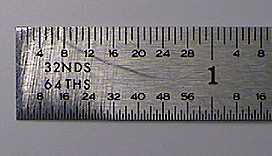Purchased a 1976 Guild D-40 on Ebay for $1,000. It appeared to be a good looking guitar, but when it arrived it had a hairline crack along the pick guard, which the seller did not disclose. While I was willing to overlook that flaw because of the age, I could not get past the guitar having dead notes mostly toward the neck. I took the guitar to Tobias music in Lisle Illinois to get a refret, which I thought would solve the problem of dead notes and buzzing. The guitar came back with the same problem. I tried putting medium gauge strings on it, but that didn't work, just causing more buzzing further up the fretboard. I took the guitar to Cremer Guitars in Aurora and he said the setup could have been better and suggested some modifications.
Question: Is this guitar just bad or can it be fixed? There is absolutely nothing wrong with the neck, it's straight as an arrow and the headstock is nearly in mint condition. I am really puzzled as what to do? I have tried adjusting the truss rod. That alleviates the buzzing and dead notes toward along the first couple of frets to a degree, but the buzzing shows up further down the fretboard.
Any suggestions? It cannot need a neck reset, because, as I said, the neck looks great.
Question: Is this guitar just bad or can it be fixed? There is absolutely nothing wrong with the neck, it's straight as an arrow and the headstock is nearly in mint condition. I am really puzzled as what to do? I have tried adjusting the truss rod. That alleviates the buzzing and dead notes toward along the first couple of frets to a degree, but the buzzing shows up further down the fretboard.
Any suggestions? It cannot need a neck reset, because, as I said, the neck looks great.

